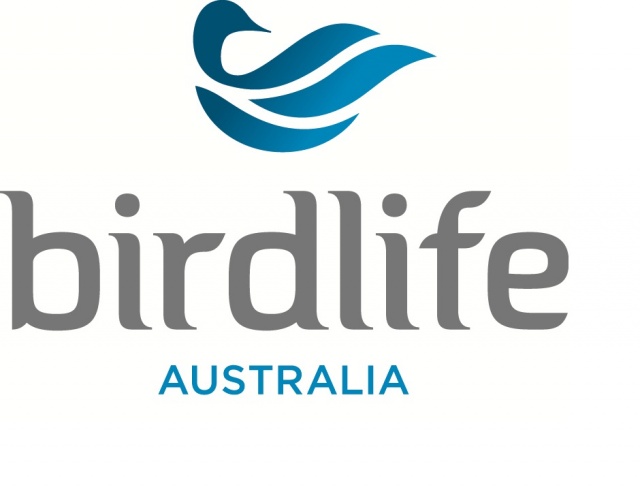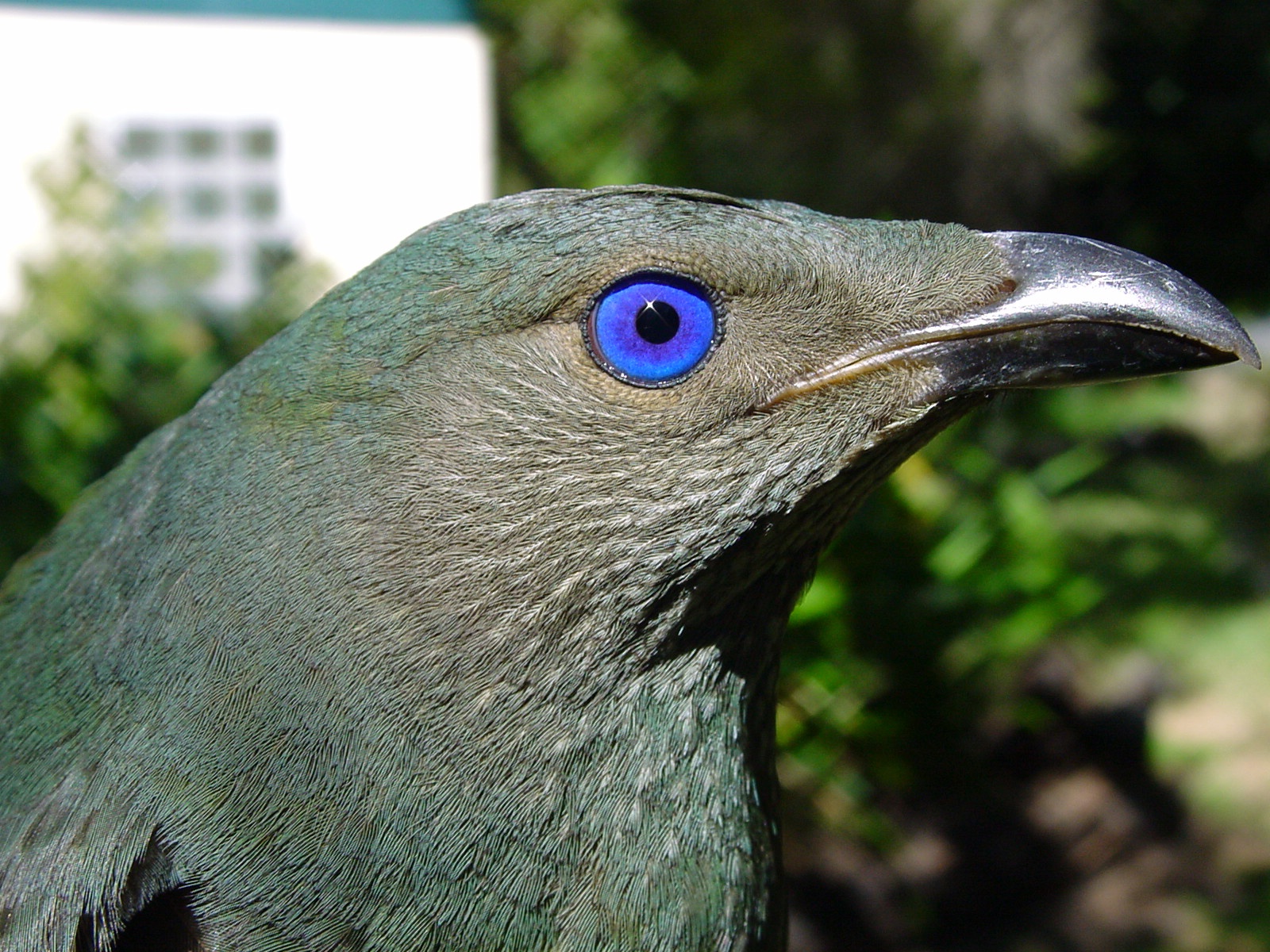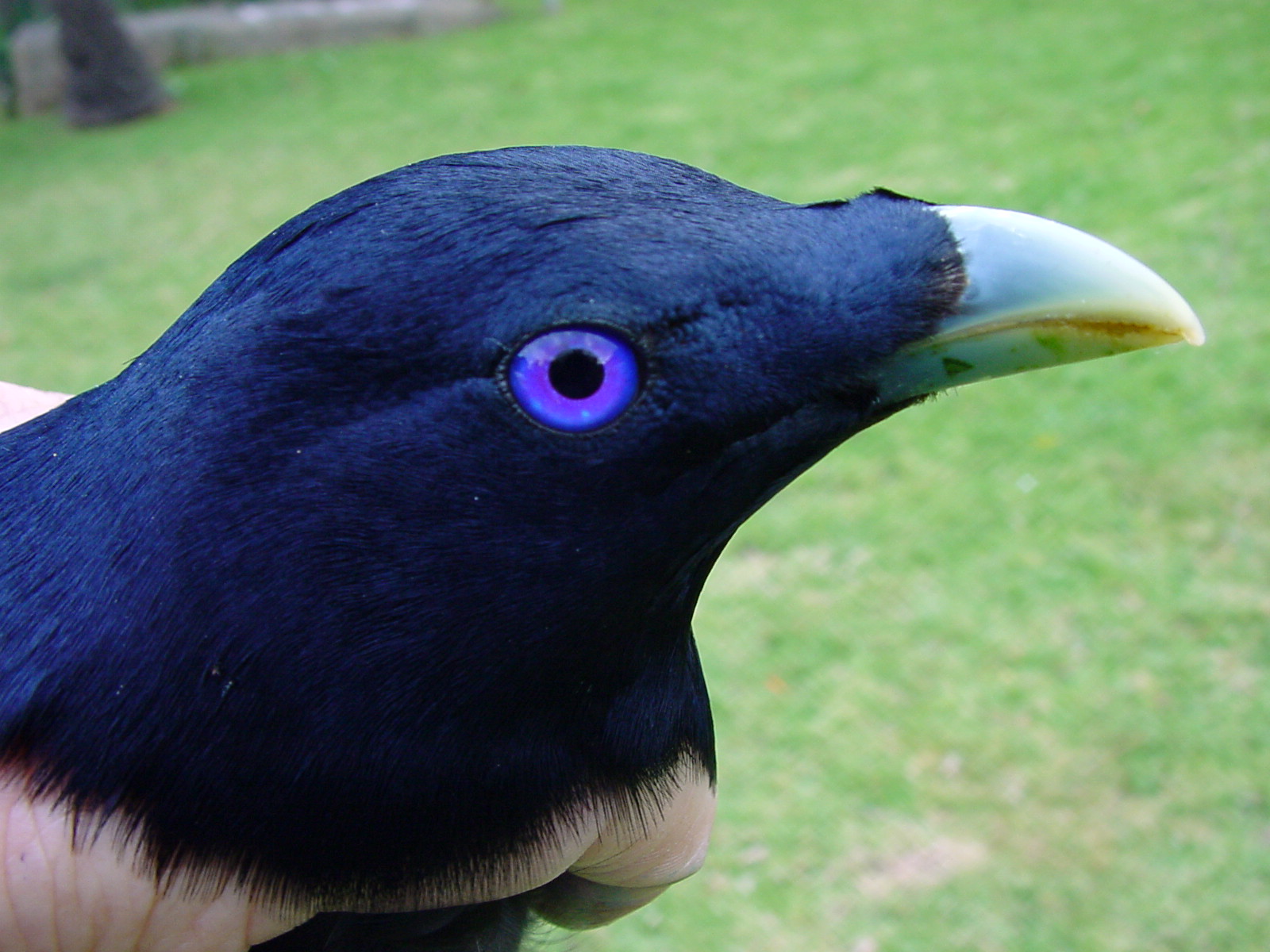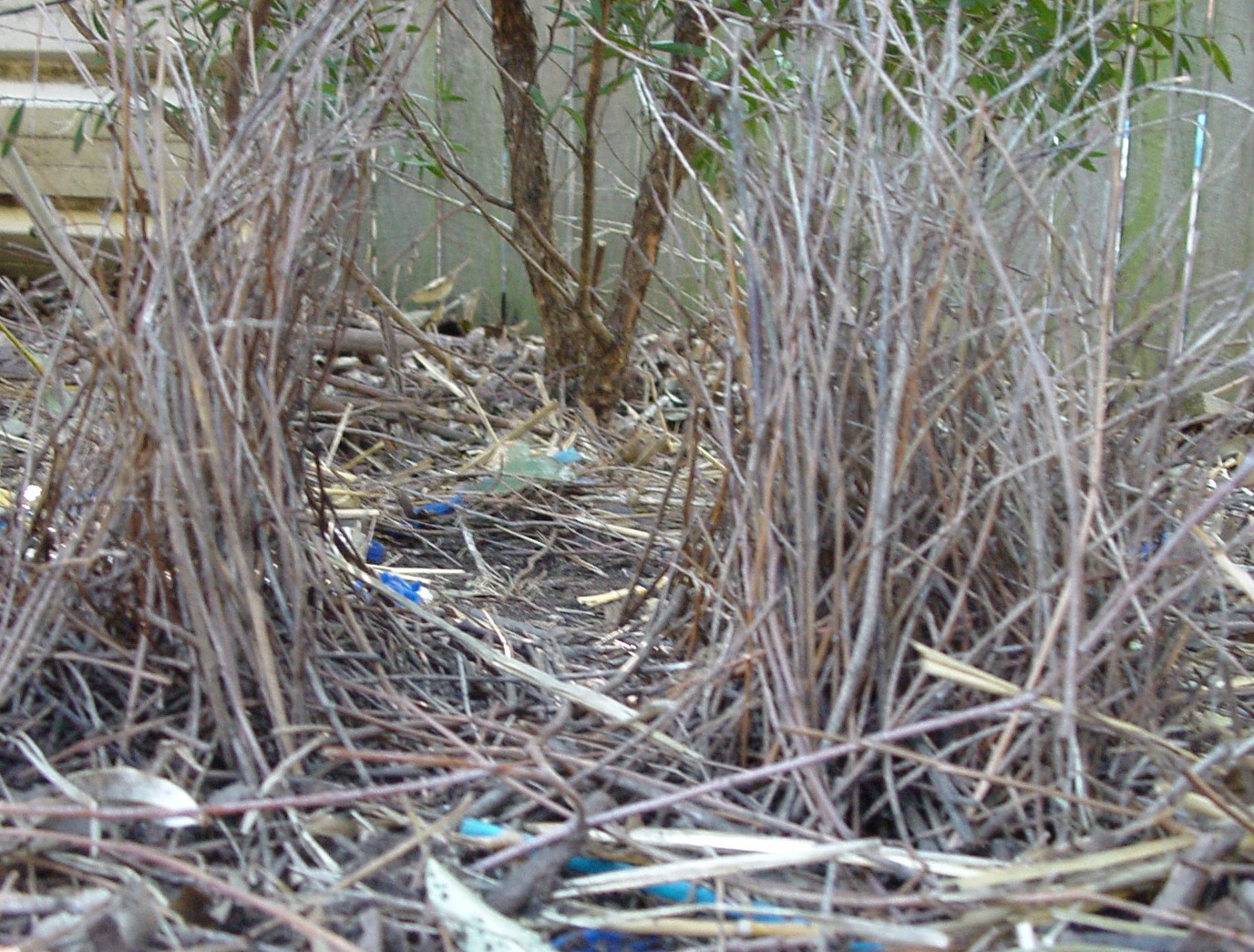You are here
Home ›Birds in Backyards e-Newsletter: December 2012

For the html version of this newsletter (where you will be able to see some great photos), please click on this link: http://www.birdsinbackyards.net/newsletter/Birds-Backyards-e-Newsletter-December-2012. All links are displayed at the bottom of the text version.

Greetings Backyard Birders! Welcome to your final Birds in Backyards e-Newsletter for 2012 – its hard to believe that the year is almost over! Its been a busy one here at Birds in Backyards and only in the last week we have hit another milestone – 15000 members! A big thank you to all of you who care about your backyard birds and are taking steps to help them and welcome to all our new members.
Powerful Owl Project
It has been a pretty good year for Powerful Owls in the Greater Sydney region. Through the tireless work of our 69 Owl Observers we have, at last count located 47 territories, with 23 of those pairs breeding and 29 chicks successfully fledged. It seems we are getting close to getting a good estimate of Powerful Owls in the area and integral to this has been those of you who have sent sightings in to us via email and through the Powerful Owl survey online.
Not only is it important to know how these birds are going in order to simply understand them better, but we are also informing land managers such as local councils and the Office of Environment and Heritage about how to best look after this amazing species. Already there have been some fantastic and positive meetings.
To read much more about this year’s research, check out our latest Owl Observer newsletter: http://www.birdsinbackyards.net/Powerful-Owl-Newsletter
For Sydney-siders – we are also running a pellet analysis workshop on Feb 23. You can learn how to dissect an owl pellet collected during the 2012 season and work out what the bird has been feeding on. There are very limited spots for this event. To register please email southernnsw@birdlife.org.au or call (02) 9647 1033.
Photo: Powerful Owl chicks - Photographer: K Hardy
Student Research
Thank you to everyone who has sent in surveys to help our various students over the past few months. Remember there are still surveys online on Common Mynas, Nest boxes and Australian Magpies. We will be updating results of these soon for you all. Marie Diquelou is the PhD student who is researching Common Mynas – she asked me to pass on the following message to you all:
"The myna survey has been going great and I got about 400 respondents from five different states in less than a month! That's fantastic and I am really grateful to the Birds in Backyards community. Most respondents left long comments about their attitudes and experiences with mynas which have been really interesting to read. For those in the Newcastle area that said they might be interested in taking part in some further studies, I am just about to send details of possibilities to volunteer, so get ready."
One of the students that your research has helped, Chanaka Ruwandeniya has also just finished his Honours thesis. He used the backyard bird survey data and also visited some Birds in Backyards members in Melbourne during his investigations of feeding birds. Chanaka found that introduced birds - Common Mynas and Spotted Doves attended in the highest frequencies at feeding stations. The species complement that arrived at the stations seemed to be determined by the food type present with different species arriving at stations which presented bread to stations which supplemented seed. It seemed that these resources were not heavily competed for, as the frequency of aggression was low.
Read more about his findings here: http://www.birdsinbackyards.net/surveys/Student-Research-Results-Feeding
Garden Tips
It’s a topic I have covered before in newsletters but with the temperature soaring outside it is one that is worth covering again – bird baths! No doubt you will notice birds being very quiet during the middle of the day as they lay low and seek out cooler shady spots. Providing a refreshing drink and a safe place to bathe is a great way to keep the birds in your garden healthy and happy and also makes a lovely aesthetic addition for us. Like anything in the garden though – bird baths require regular maintenance so please ensure that you can take care of the upkeep (though it really is minimal) before adding them to your garden.
You are really only limited by your imagination, birds bathe in all sorts of different types of baths. Ready-made pedestals and hanging baths (that secure to a tree limb) are available at just about any nursery and can be incredibly ornate (that’s for our enjoyment rather than the birds though!). Alternatively you can make your own versions of these baths using terracotta or plastic saucers as a base. Everyone also has a plastic pot saucer lying around the house – instant bird bath! However, if you are going to simply place a saucer on the ground, ensure that you have no dogs and/or cats in your yard. Remember though if you use a glazed or deep bath (like a pot), make sure you put a brick or some pebbles in the bath so the birds have something to grip onto.
Make sure you keep the water impeccably clean so diseases are not transmitted between birds and it doesn’t become a mosquito attractant. This means refilling the bath daily wherever possible (recycle the water onto your garden). Give it a scrub out if need be.
You will be amazed at the range of birds that will come to your garden for a drink and a bath and the different bathing styles that they each have – from the fearless Silvereyes that will just about entirely immerse themselves, to the Lorikeets that take great delight in splashing about to make sure that not a single drop of water is left. Experiment with different baths and see what comes to visit you.
Bird cameras streaming online
Over the past few weeks. BIBY member Ken Sandy has allowed us to show his live streaming video of 2 Laughing Kookaburra chicks in a nest box. These birds have only fledged over the last few days and it was an amazing journey to watch.
Ken has now turned his attention to a Satin Bowerbird bower that is located on his property and he has generously allowed us to stream it on our site too. Check it out here: http://www.birdsinbackyards.net/birds/BowerbirdCAM (please note that Ustream does display ads on the stream as a part of their free service).
A huge thank you to Ken for sharing these amazing videos with us.
Feature Bird: the Satin Bowerbird
Given we can now watch Ken’s lovely male Satin Bowerbird at his bower, I thought that the Satin Bowerbird made a wonderful contender for this edition’s feature bird. However they are not a common backyard bird – recorded in only 6% of our backyard bird surveys. Most of those recordings are from NSW where they are showing up in 9% of surveys from that state and they are showing up in just 2% of surveys in Victoria and Queensland (the other 2 states in which this bird is found).
With that glossy black/blue plumage and violet eyes – the adult males are striking birds but it takes about 7 years for young males to mature and achieve their dark plumage. Females and the young birds are, instead, an olive-green/brown colour and also have those stunning violet eyes.
Photos: Male (left) and female (right) and a bower (below left) - Photographer: R Major/Australian Museum
They prefer to live in wet forest habitats though coming out into more open drier woodlands in autumn and winter to feed as well as popping up in many of our suburbs where there are a lot of fruit-bearing plants. Whilst fruits are the major component of their diets, during summer Satin Bowerbirds also feast on the insects that are active whilst in winter they will also eat leaves.Of course Satin Bowerbirds are best known for the bower that males build on the ground and decorate with all sorts of blue materials that they find (like bottle caps, pegs and pens as well as flowers). The bower isn’t a nest, it is the courtship area that the males build to attract the ladies!
Both the adult males and the juveniles will carefully craft their bowers using 2 parallel rows of sticks that they paint with mashed vegetable matter and saliva before adding all their blue materials around the base. They maintain these bowers year round and put on a show for approaching females. If she is impressed and mates withhim she is still left to rear the young alone whilst he goes on to display to any other female that comes past (this is called polygyny).
To attract these birds to your garden plant native fruit-bearing plants like Lilly Pillys and Blueberry Ash but I have had them visiting my grape vine as well (and taking great delight in devouring my only bunch of grapes). They like gardens with lots of density – from canopy cover down but with the shrub layer in particular needing to be nice and thick.
BirdLife and Nikon join forces
In an exciting initiative to continue expanding our member base to build a stronger voice for conservation, our parent organisation, BirdLife Australia is pleased to have formed a partnership with Nikon that promises to engage with a wider group of bird-loving Australians who wish to make a real difference for native birds.
This December and January, Nikon will be giving a complimentary BirdLife Australia membership to people* who purchase a pair of Nikon binoculars from the Monarch range upwards. All Nikon binoculars come with a locally backed 10-year warranty and are available through selected local retailers including Bintel (www.bintel.com.au), Camera House, Michaels, Teds, Diamonds Camera and Video and Digital Camera Warehouse.
The membership is valid for one year, valued at $75 and easily redeemed by registering online at http://mynikonlife.com.au. BirdLife Australia has a nationwide network of branches, and a free membership will provide new binocular owners with the perfect opportunity to use their purchase by getting involved in as many bird-related activities as they wish.
Our members are our lifeblood. They support our efforts and share in our successes to protect native birds through practical on-ground activities, research, education and advocacy. New members joining through this initiative will become a part of this wonderful group of bird enthusiasts over 10,000-strong, and get the benefits of a membership that includes:
• Australian Birdlife — our award-winning, quarterly full-colour magazine
• Priority access to our websites
• Discounted rates on accommodation, courses and tours
• Advance notice for events and activities throughout Australia
• Discounted subscriptions to our other journals and publications
This is a fantastic opportunity and we hope that people who care about birds as we do are able to take advantage of it. We extend our thanks to Nikon for partnering with us to expand our membership base and for sharing our vision to create a bright future for Australia’s birds.
* Please note this offer is not available to current BirdLife Australia members.
Campaign Update
Thank you to those who have donated so far to our Christmas campaign. We have some big projects we would love to roll out next year including a new citizen science portal – a feature that is central to Birds in Backyards. Any support you can give is greatly appreciated. To donate, go to the BirdLife Australia donations page and select Birds in Backyards: http://birdlife.org.au/support-us/donate/
Again thank you all for your involvement in Birds in Backyards in 2012. I wish you all a safe and happy Christmas with time to relax and appreciate our wonderful backyard birds.
Happy birding
Holly
Keep up to date with the BIBY website by checking in regularly and following BirdLife Australia on facebook and twitter.














